
9 Stunning Scenic Races
Intro
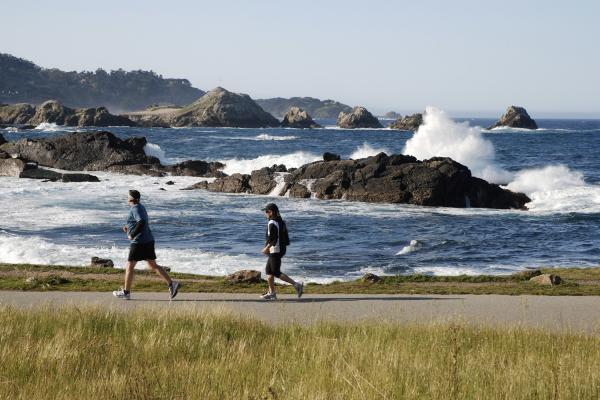
As the 2010 New York City Marathon approaches, OurAmazingPlanet takes a look at some of the most scenic marathons in the United States. From Big Sur to Waikiki Beach, these races will take your mind off the miles.
Lake Tahoe Marathon - Tahoe City, California
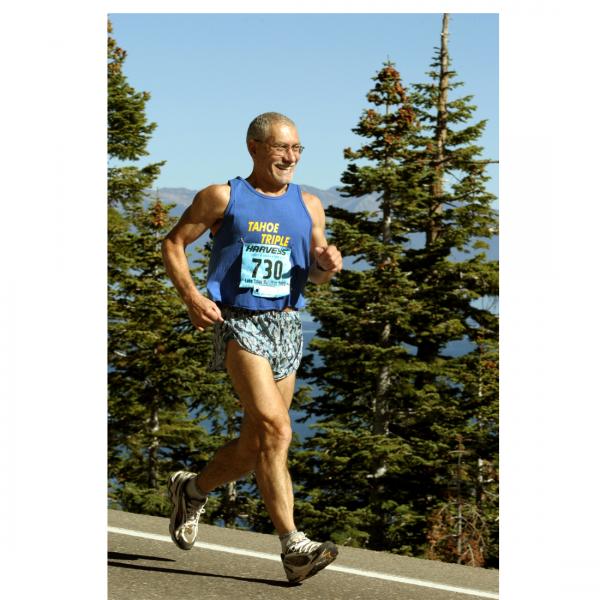
Lake Tahoe, a sprawling freshwater lake in the Sierra Nevada Mountains, is home to one of the most scenic marathons in the United States.
"Lake Tahoe marathon is a very pretty setting," said Bart Yasso, Chief Running Officer for Runner's World magazine.
The first 9 miles (14.5 kilometers) a mostly flat bike path that's easy on the legs and eyes should be a breeze for most runners. The water's edge, rustic vacation homes and lakefront mansions are along the course here. Runners start to feel the burn around mile 11 (17.7 km) as they being a 2.2-mile (3.5-km) climb up to the town of Rubicon, but the views of Lake Tahoe are enough to keep the mind occupied. A nice downhill awaits, but just as runners shift to cruise control, the "Hill From Hell" greets them at mile 15.2 (25 km). Here, runners climb 520 feet (160 meters) over just 1.6 miles (2.6 km) of road.
At mile 18 (29 km) Emerald Bay appears, and then there's just a short uphill stretch to Inspiration Point. From here. It's all downhill for the final 6.2 miles (10 km) to Pope Beach.
Feeling tough? Give the Tahoe Triple Marathon a try! Or you can just grab a beer and soak in the cold blue waters of Lake Tahoe.
Mount Washington Road Race - White Mountain National Forest, New Hampshire
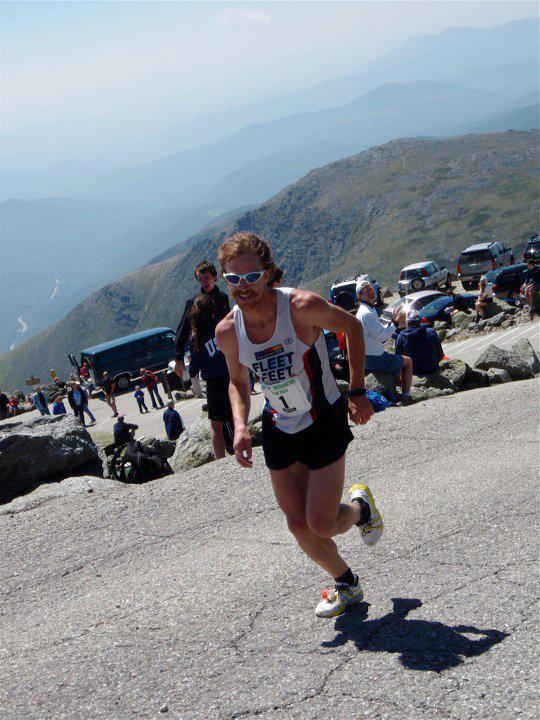
"Only one hill. 6,288 ft.," taunts the Mount Washington Road Race. Bart Yasso told OurAmazingPlanet that Mount Washington was a "tough, beautiful race." And for good reason the course rises 4,650 feet (1,400 m) from start to finish. The average grade, or incline, of the course is 11.5 percent and the last 50 yards (45 m) is a 22 percent "wall."
Warning: It can get cold atop Mt. Washington, and runners are often encouraged to carry extra clothes when they run. Those with the legs to race to the top can stand tall in the alpine environment of Mount Washington State Park, a 59-acre state park.
Garden of the Gods 10 Mile Run - Manitou Springs, Colorado
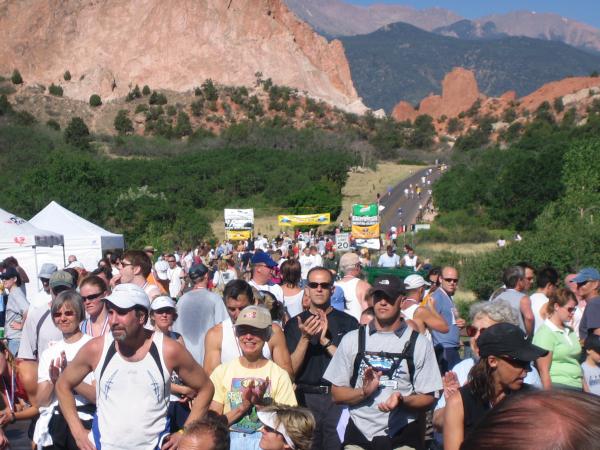
The most famous rock in the Garden of the Gods (a public park and natural monument) is Balanced Rock. This huge rock seems to impossibly balance itself on a slanted slab of granite.
The Garden of the Gods 10 Mile (16 km) Run forces race-goers right under this rock and many other spectacular geologic features in the state park. The loop-back course chugs up and down, up and down, constantly changing elevation between 6,210 feet (1,900 m) to 6,530 ft (1,990 m). Most of the course is on paved asphalt, however, a short jaunt up a wide sidewalk winds through Garden of the God's most amazing rock formations.
These rock formations along the course provide no relief from the Colorado sun though the temperature can quickly rise up to 80 degrees Fahrenheit (27 degrees C). All the more reason to hustle to the end and soak your feet in Fountain Creek at the finish line.
Big Sur International Marathon, Big Sur, California
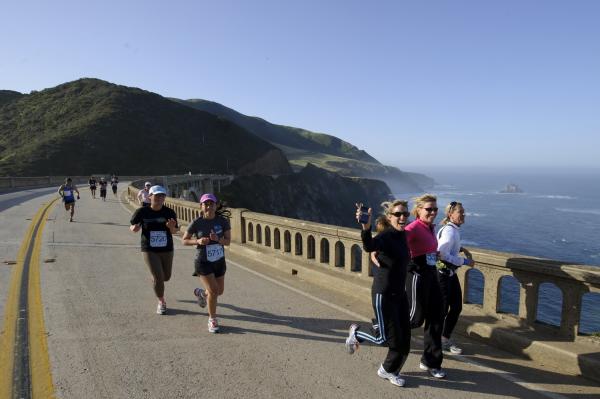
Take a run on the edge of the western world, prods the tag line for the largest rural marathon in the world, the Big Sur International Marathon. This stunning race guides runners on a jaw-dropping tour of the California coast, from Big Sur to Carmel.
Runners spend the first 4 miles (6.4 kilometers) looking up way up at the majestic redwoods of Pfeiffer Big Sur State Park. The course then jets out along scenic Highway 1, which rolls high above the water on cliffs that give runners sweeping views of the Pacific coast. For the last 5 miles (8 km), the road curves away from the coast and into the Carmel highlands, a heavily forested area.
"It's in an area of California that's very rich in nature," said Julie Armstrong, spokesperson for the Big Sur Marathon. Creeks spill down hillsides into the ocean and migrating whales can be spotted swimming in the distance earlier in the year. Temperatures are typically between 50 to 60 degrees F (10 to 16 degrees C) with little humidity.
The marathon is limited to 4,500 runners. The course is generally flat, except for Hurricane Point, a 2-mile (3.2-km) uphill stint at mile 10 (16 km). Strong headwinds aren't unusual, so get ready to pump your knees.
Lake Placid Marathon - Lake Placid, New York
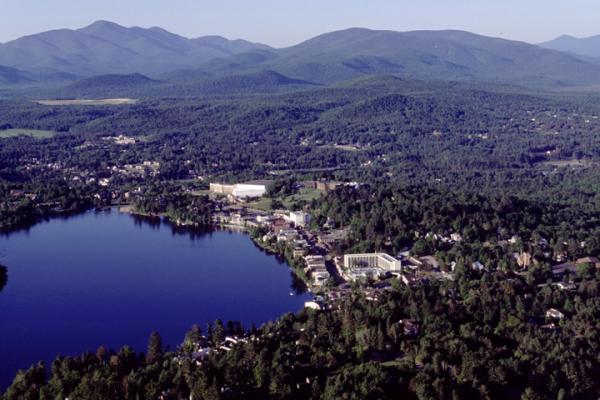
The Lake Placid Marathon was runner-up for the 2010 Best Destination Marathon award in the Runner's World magazine readers' survey. The race's Adirondack Mountain terrain is challenging and beautiful perfect for city dwellers looking to break free of the sweltering city during the summer.
The marathon is capped at 600 runners, and multiple turnarounds keep you in the close company of other racers. Temperatures are typically around 60 degrees F (15.5 degrees C) for the marathon.
For a touch of Olympic flair, runners cross the finish line near the speed skating arena from the 1980 Winter Games. After eying Mirror Lake for hours during the run, take a dunk in the lake after your 26.2.
Mount Lemon Marathon - Tucson, Arizona
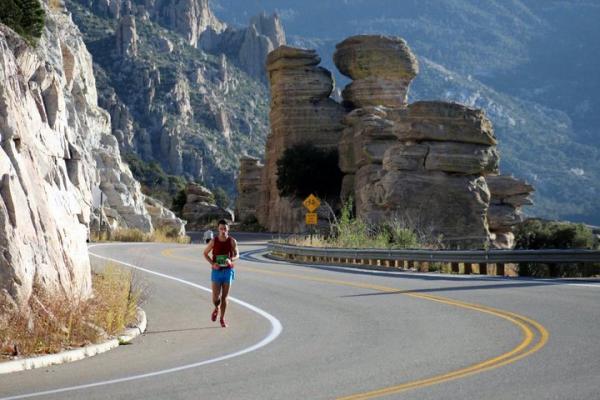
There's no sugarcoating the Mount Lemmon Marathon it's one of the toughest runs in the world. Luckily, it's also one of the most scenic.
From the cacti-studded Sonoran Desert to the Catalina Mountain Ponderosa pines, runners will pass through every ecosystem found between Mexico and Canada, and experience at least two of the four seasons along the way.
The marathon climbs the General Hitchcock Scenic Byway. And climb it does, to the tune of over 6,000 feet (1,800 m), reaching 9,147 feet (2,800 m) above sea-level at the finish line. It's the only uphill marathon in the United States.
Do you have what it takes?
Leadville 100-Mile Trail Run - Leadville, Colorado
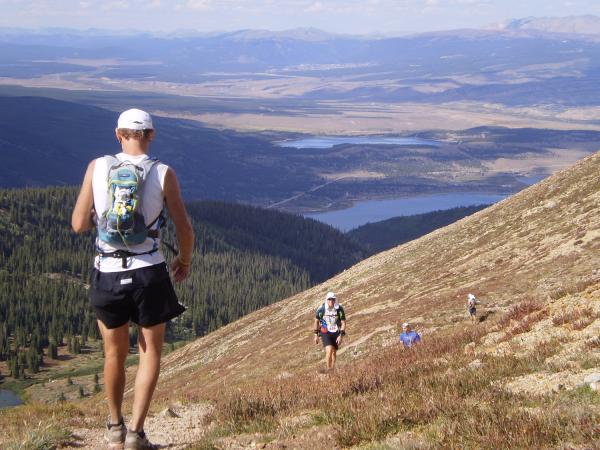
Run 50 miles (80 km) deep into the Colorado Rockies then turn around and run back.
The famous Leadville 100-Mile Trail Run is considered one of the most grueling endurance challenges around. The 100-mile (160-km) ultra marathon, detailed in the popular bestseller "Born to Run," by Christopher McDougall (Knopf, 2009) was nicknamed the "Race Across the Sky" to drum up excitement during an economic slump in this mining town. The inaugural field had only 45 racers toe the starting line 6 finished.
Today, the race is capped at 500 runners. But it's not about the other runners, Leadville is about the Rockies. Forest trails whisk runners through pine and aspen forests and up and down mountains. The trail hits a high point of 12,600 feet (3,800 km) at Hope Pass, the centerpiece of the run.
Runners that can finish the 100-mile course under the 25 hour time limit earn one of the most prized running awards, a rugged Leadville 100 belt buckle.
Honolulu Marathon - Honolulu, Hawaii
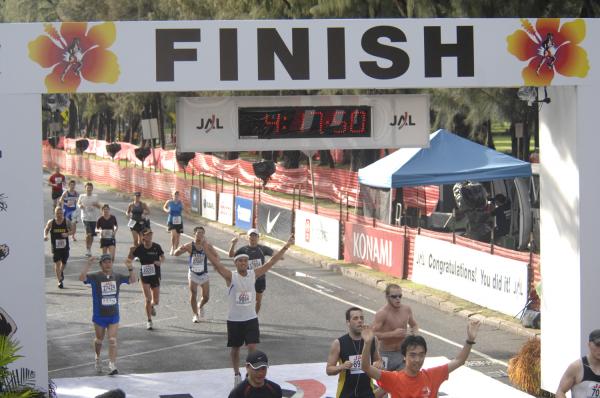
Didn't get into the New York City Marathon, but still itching to run 26 miles this year? The Honolulu Marathon may be the perfect winter vacation for you. The marathon begins on Ala Moana Boulevard, which in Hawaiian means "path by the ocean." What more do you need to know?
After dipping through Downtown Honolulu, runners cross the Ala Wai Canal into the high-rise hotel haven of Waikiki. Just past the Sheraton Moana Surfrider, the oldest hotel in Waikiki, marathoners are tempted to stray off course by spectacular ocean views and Waikiki Beach's white sand.
Keys100 - Florida Keys, Florida
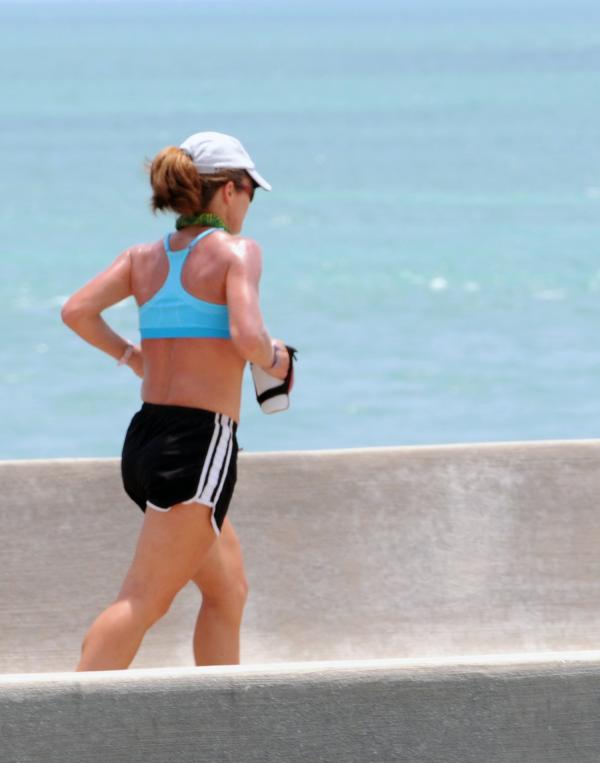
Race to the end of Key West, the southernmost point in the United States. This 100-mile (160-km) road race begins in Key Largo and heads south to "The Conch Republic" for a stunning point-to-point run.
The Keys100 follows the Overseas Highway (U.S. 1) across the Florida Keys, a chain of islands connected by 43 bridges that the runners cross. The race is long but the sub-tropical, turquoise waters of the Atlantic Ocean and Florida Bay accompany runners every step of the way.
Sign up for the Live Science daily newsletter now
Get the world’s most fascinating discoveries delivered straight to your inbox.










